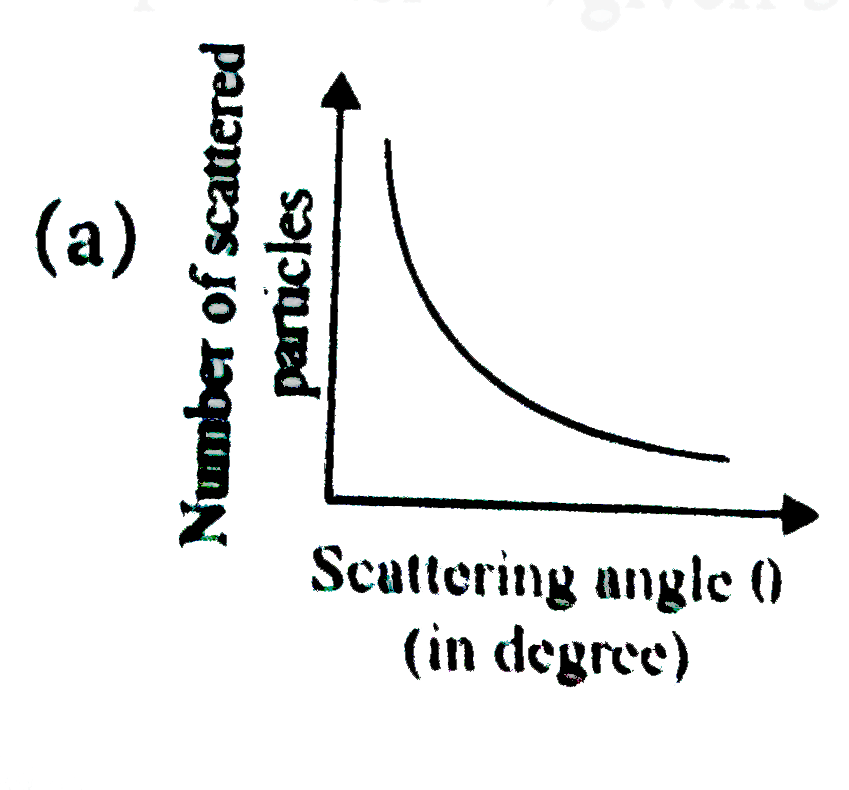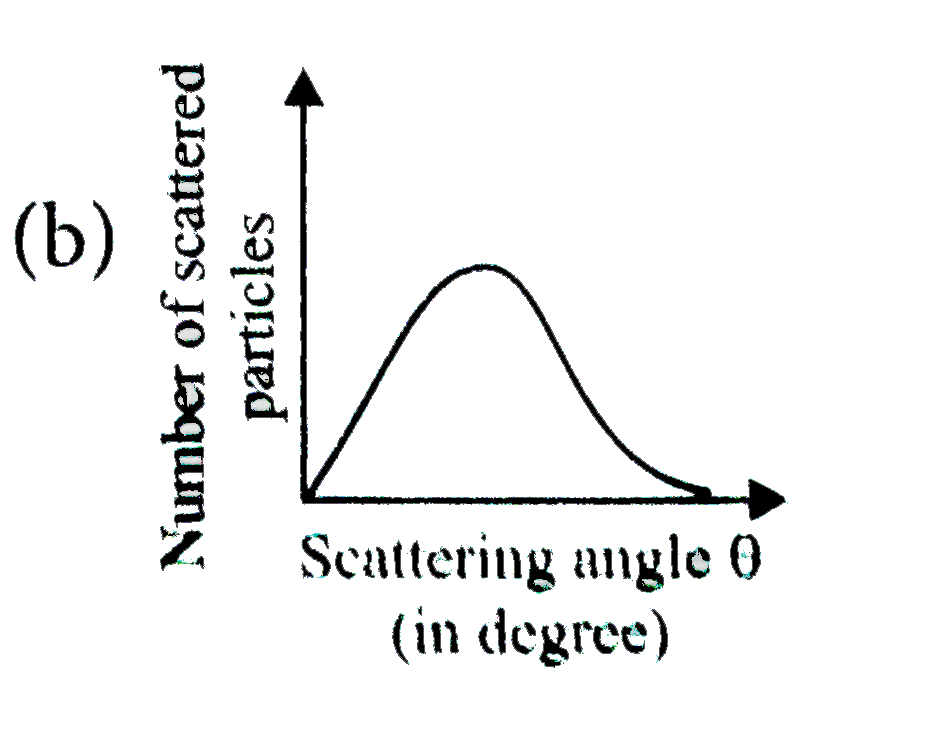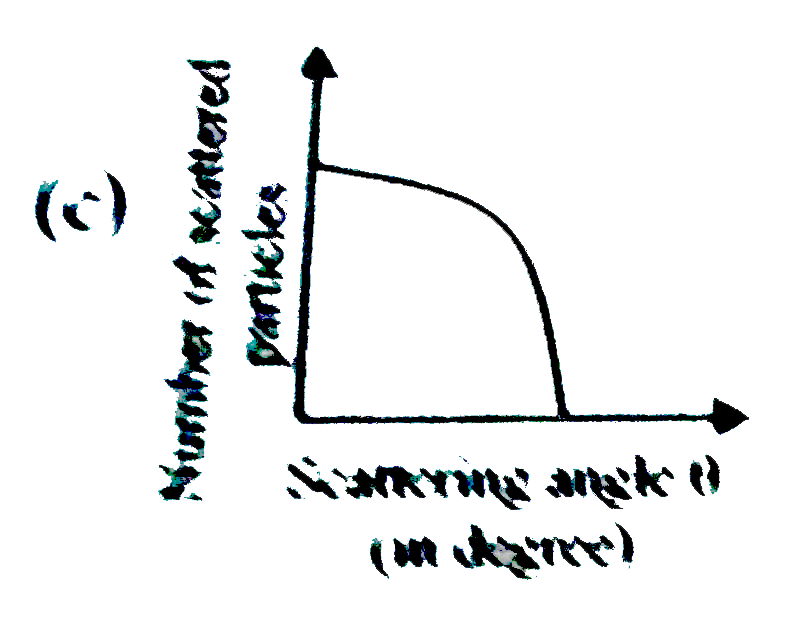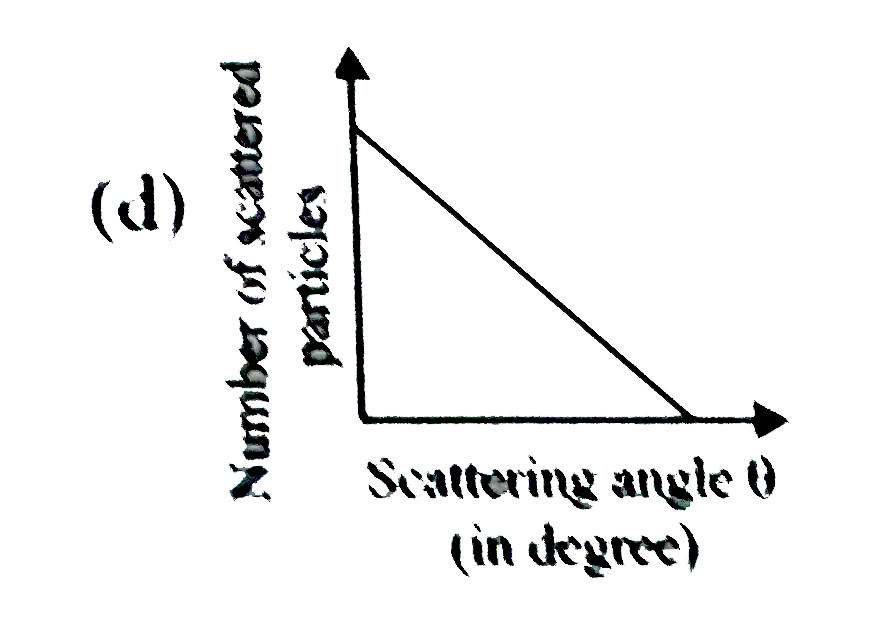The magintude of displacemnt is equal to the distance coverd in a given interval of time if the particle .
Moves with constant acceleration along any path
Moves with constant speed
Moves in same direction with constant velocity or with variable velocity.
Moves with constant velocity
The correct Answer is:C
To have distance equal to magnitude of displacement. The particle has to move in the same derection. The velocity may or may not constant.
Topper's Solved these Questions
- BOOK - CENGAGE PHYSICSCHAPTER - KINEMATICS-1EXERCISE - Graphical Concept17videos
KINEMATICS-1
- BOOK - CENGAGE PHYSICSCHAPTER - KINEMATICS-1EXERCISE - Graphical cancept1videos
KINEMATICS-1
- BOOK - CENGAGE PHYSICSCHAPTER - KINEMATICS-1EXERCISE - Subjective29videos
KINEMATICS-1
- BOOK - CENGAGE PHYSICSCHAPTER - GRAVITATIONEXERCISE - INTEGER_TYPE1videos
GRAVITATION
- BOOK - CENGAGE PHYSICSCHAPTER - KINEMATICS-2EXERCISE - Exercise Integer9videos
KINEMATICS-2
Similar Questions
Explain clearly, with ezamples, the distaintion between :
(a) magnitude of displacemnt (sometimes called distance ) overand interval of time, and the total length of the path coverd by a particle over the same interval.
(b) magnitude of average velocity over an intercal of time , and the average speed ocer the same interval. [ Average speed of a particle over an interval of time is defined as the toal path length divided by the time intrval]. Show in both (a) and (b) that the second quantity is either greater than or equal to first. When is the equality sing true ? [ For simplocity, consider one- dimensional motion only]View SolutionA ball is dropped from the roof of a tower of height (h). The total distanc coverd by it in the last second of its motion is equal to the distance covered by in first three seconds. What will be the velocity at the end of 9sec∈d ?
View Solution
Knowledge Check
- Question 1 - Select One
For a particle under going rectilinear motion with uniform acceleration, the magnitude of displacement is one third the distance covered in some time interval. The magnitude of final velocity is less than magnitude of initial velocity for this time interval. Then the ratio of initial speed velocity to the final speed for this time interval is :
A√2B2C√3D3 - Question 2 - Select One
The graph of the total number of α-particles scattered at different angles in a given interval of time for α- particles scattering in the geiger- marsden experiment is given by
A B
B C
C D
D
- Question 3 - Select One
Assertion: The average speed of a body over a given interval of time is equal to the average velocity of the body in the same interval of time if a body moves in a straight line in one direction.
Reason: Because in this case distance travelled by a body is equal to the displacement of the body.AIf both assertion and reason are true and reason is the correct explanation of assertion.BIf both assertion and reason are true but reason is not the correct explanation of assertion.CIf assertion is true but reason is false.DIf assersion is false but reason is true.
The displacement of a moving object in a given interval of a time is zero. Would the distance travelled by the object also be zero ? Justify your answer ?
View SolutionFor a moving object the distance covered by it is always greater than or equal to the displacement of the object in a given time interval . Comment .
View SolutionAssertion: The magnitude of average velocity of the object over an interval of time is either smaller than or equal to the average speed of the object over the same interval.
Reason: Path length (distance) is either equal or greater than the magnitude of displacement.View SolutionThe ration of the distance traversed, in successive intervals of time by a body, falling from rest, are
View SolutionIf a particle covers equal distances in equal time intervals, It is said to
View Solution

